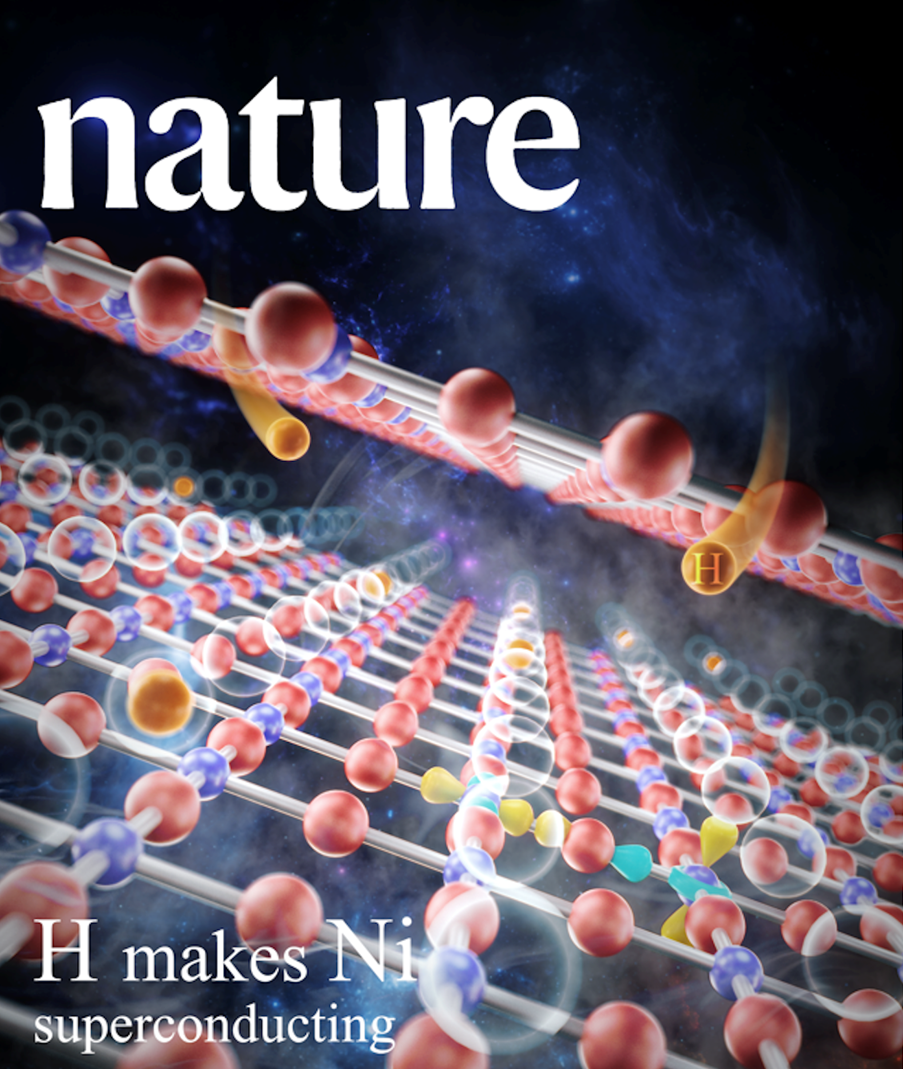Keep up to date with the latest research and developments from Diamond. Sign up for news on our scientific output, facility updates and plans for the future.
Materials that show superconductivity (zero electrical resistance) could possibly revolutionise power transmission, electronic devices and other technologies. Superconductors are some of the most powerful magnets known and are used in MRI/NMR machines and plasma confining magnets in some tokamaks for nuclear fusion reaction. However, superconductivity in a material usually happens at extremely low temperature (a few degrees above absolute zero).
Among these materials, cuprates are superconducting at a much higher temperatures (133 K), but the mechanism that renders them superconducting remain elusive. To understand how “high temperature superconductivity” arises, researchers often study other types of superconductors, such as the nickelates, with similar physical properties.

In a recent study published in Nature, international researchers working with the I21 team used Resonant Inelastic X-ray Scattering (RIXS) at the I21 beamline. In this study, they found that the hydrogen concentration has a role in the observed superconductivity of nickelates. RIXS was used to measure the electronic structure evolution upon hydrogen doping. Thanks to the high-resolution of the I21 instrument, researchers were able to show slight shifts in the orbital excitations as a function of the hydrogen concentration. A distinct excitation was observed at the optimal hydrogen concentration in the sample. This specific excitation called IIS (itinerant interstitial s-orbitals) has previously been observed in other materials, but only predicted in nickelate so far. The appearance of IIS excitations in the superconducting sample but not others indicate potentially an intimate connection among H doping, IIS orbitals and superconductivity.
This research is particularly interesting because it allows a better understanding of the role of hydrogen in the superconductivity of materials and can help to further characterise superconducting materials. This can be helpful to predict other properties in new materials, with the aim to find a superconducting compound at ambient temperature. Such a material would be a huge step towards an electronic revolution.
Ding, X., Tam, C.C., Sui, X. et al. Critical role of hydrogen for superconductivity in nickelates. Nature 615, 50–55 (2023). DOI:10.1038/s41586-022-05657-2
Beamlines involved: I21
Proposal: 30296
Subject Areas: Materials, Physics
Discipline: Surface, superconductors, Quantum Materials, Physics, Material Science, Interfaces and thin films.
Techniques: Scattering, Spectroscopy, Resonant Inelastic X-ray Scattering, X-ray Absorption Spectroscopy.
Diamond press office: Isabelle Boscaro-Clarke. Head of communications. [email protected]
Beamline I21: Ke-Jin Zhou, Principle Beamline Scientist, [email protected]
Last corresponding author: Liang Qiao, University of Electronic Science and Technology of China, [email protected]
Diamond Light Source is the UK's national synchrotron science facility, located at the Harwell Science and Innovation Campus in Oxfordshire.
Copyright © 2022 Diamond Light Source
Diamond Light Source Ltd
Diamond House
Harwell Science & Innovation Campus
Didcot
Oxfordshire
OX11 0DE
Diamond Light Source® and the Diamond logo are registered trademarks of Diamond Light Source Ltd
Registered in England and Wales at Diamond House, Harwell Science and Innovation Campus, Didcot, Oxfordshire, OX11 0DE, United Kingdom. Company number: 4375679. VAT number: 287 461 957. Economic Operators Registration and Identification (EORI) number: GB287461957003.